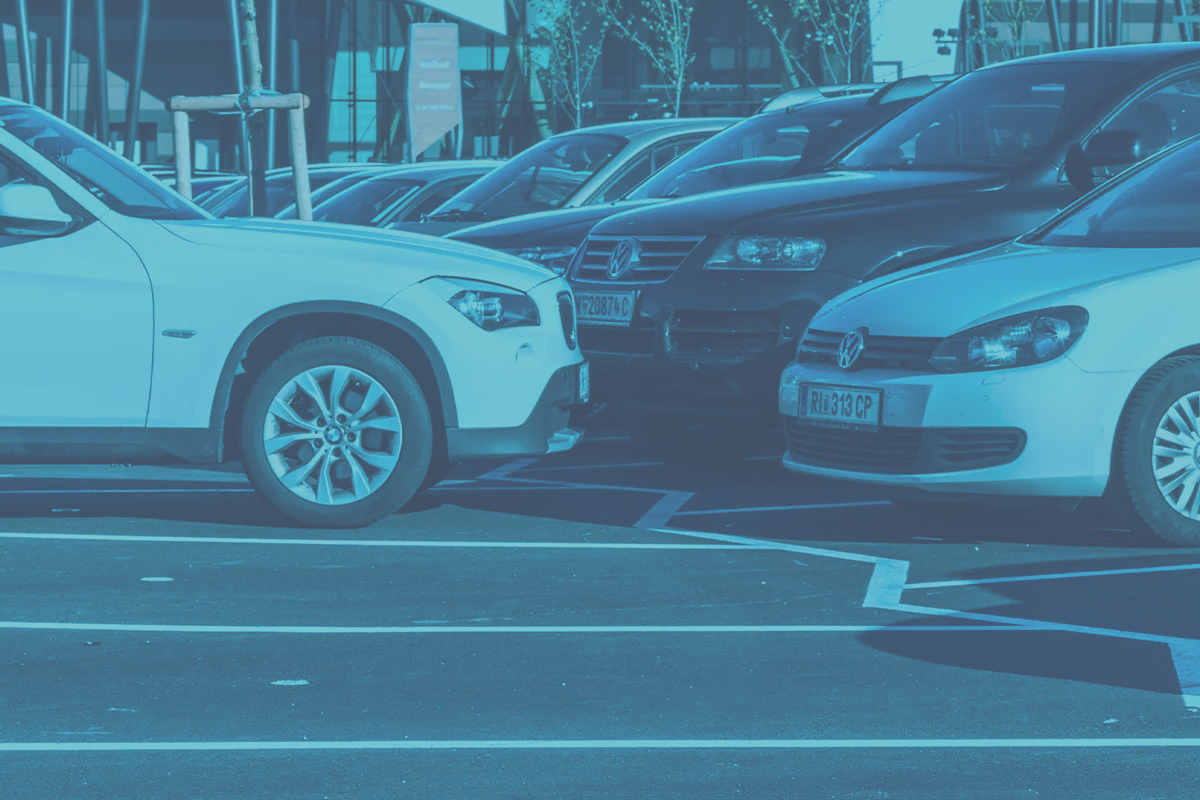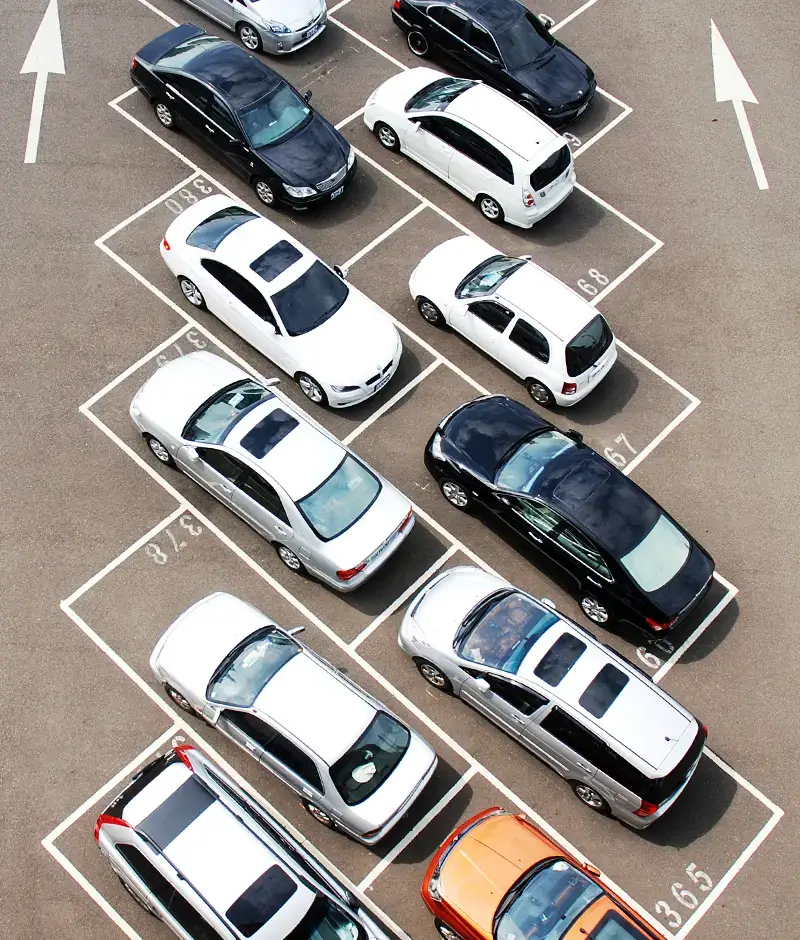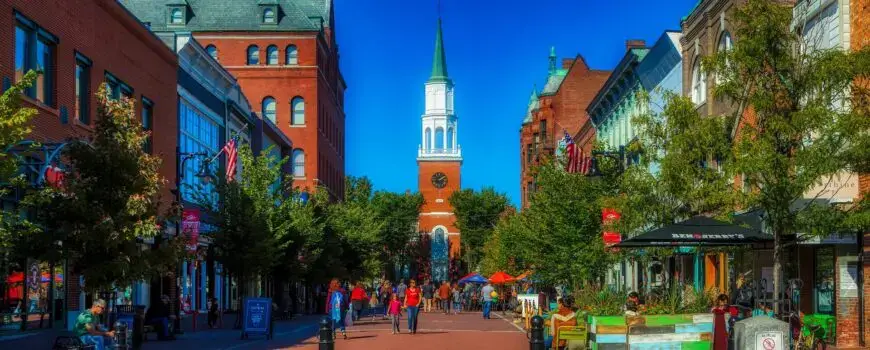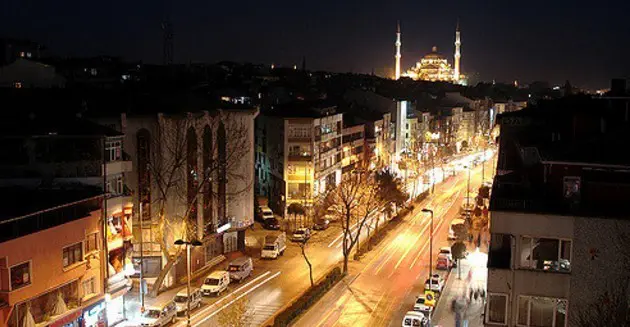Heavy traffic and congestion are common challenges in bit cities and require smart vehicle and parking management to solve them.
As the population grows, congestion becomes a drag on daily mobility and concerning for citizens’ quality of life and the city’s own economy. Masses of vehicles on the streets increases travel time, causing unnecessary fuel consumption and the emission of harmful gases that affect air quality, public health, and the environment.
Smart traffic management mean the strategic application of advanced technologies to optimize traffic flows. These strategies range from traffic monitoring and control systems to the implementation of smart parking infrastructures. The combination of information technology and urban planning can alleviate road congestion and promote a safer and more accessible environment for everyone.
Innovative traffic management strategies
Intelligent Transportation Systems (ITS)
By using information and communication technologies, Intelligent Transportation Systems (ITS) can improve the efficiency and safety of transportation. These systems can detect and quickly respond to accidents and problems on the road in order to avoid disruptions and improve road safety.
Parking guidance and control systems
One of the most effective and cost-efficient strategies in the short term is implementing parking guidance and control systems. This technology, which is usually accessible through signage panels or mobile apps, helps drivers find the nearest free parking spots, thus lowering the amount of time they spend looking for parking while also easing congestion in the area. Technology can also more efficiently control regulated parking like loading areas, disabled parking, and charging stations for electric vehicles. Respect for the use of these places keeps unauthorized vehicles from parking there or double-parking, with all the chaos that this causes the city.

Urban parking guidance
Low emissions zones
More and more cities are implementing Low Emission Zones (LEZ’s) to restrict high-polluting vehicles’ access to certain areas of the city. The goal is to lower air pollution and encourage the use of alternatives such as public and active transportation.
Well-connected Park & Ride areas
One measure that complements LEZ’s is the establishment of Park & Ride areas on the city outskirts, which allow drivers to park their vehicles and continue their trip on public transportation. This strategy helps to lower traffic in city centers and promotes more environmentally-responsible mobility. The technology used in the parking lots of these Park & Ride zones encourages their use.

Park&Ride
Predictive traffic analysis
By analyzing recorded and real-time city traffic data, we can create predictive models that anticipate traffic patterns and congestion. Traffic management systems can implement proactive measures such as adjustments in the timing of traffic lights, areas reserved for specific uses such as loading or disabled drivers, and the optimization of routes for public transportation.
Promotion of public and active transportation
To lower the number of vehicles on the road, especially at peak hours, it is also important to encourage the use of public transportation, cycling, and walking. Improvements in urban infrastructures such as safe bicycle lanes and large pedestrian areas can encourage more people to choose healthier forms of mobility.
Smart traffic management success stories
Ibiza: Traffic optimization in tourist areas
Ibiza is an example of how smart traffic management can transform a city’s historic center. Sensors were installed in La Marina to provide real-time data on the availability of parking spots. This measure has not only made it easier to find these spots but also curtailed traffic jams, lowered air pollution, and improved residents’ and tourists’ access and quality of life.
Vienna: Improving the customer experience
In Vienna’s Shopping City Süd, Austria’s largest shopping center with outdoor parking, sensors were installed on entrances and exits as a strategy to direct drivers to available parking spots and lower vehicle congestion. This strategy not only improved customer experience but also increased the number of visitors and sales at the shopping center itself.
Benefits of smart traffic management
Smart traffic management not only improves mobility and lowers travel time, but it also helps lower harmful gas emissions, which in turn improves air quality, benefiting both public health and the environment in the long run.
Data analysis detects traffic patterns and allows traffic jams to be predicted even before they occur. Involving citizens in urban planning through predictive modelling allows institutions and companies to fine-tune optimal the measures for the use and management of public and private transportation. By taking citizens into account, solutions that meet their real needs can be adopted.
Less congestion means less time wasted in traffic, which increases productivity and lowers the costs associated with fuel consumption and vehicle maintenance. Smart traffic management also improves accessibility to shopping areas, thus encouraging a greater use of public space and contributing to local economic development.
There are a host of solutions that contribute to smoother mobility in both city centers and outskirts, so it is important to choose measures that meet each area’s specific needs. Innovative technologies such as those offered by Urbiotica make it possible to optimize vehicle flow and lower travel times through smart parking systems.

